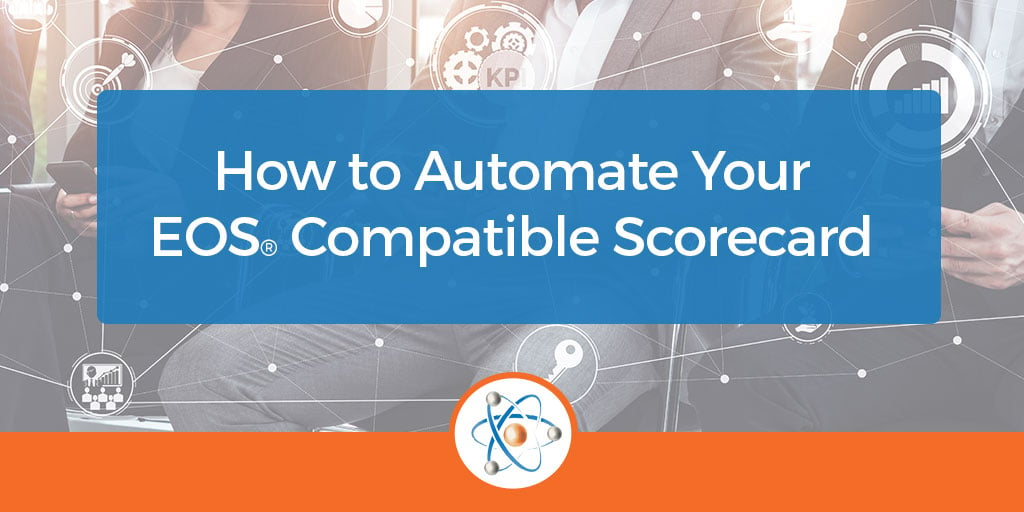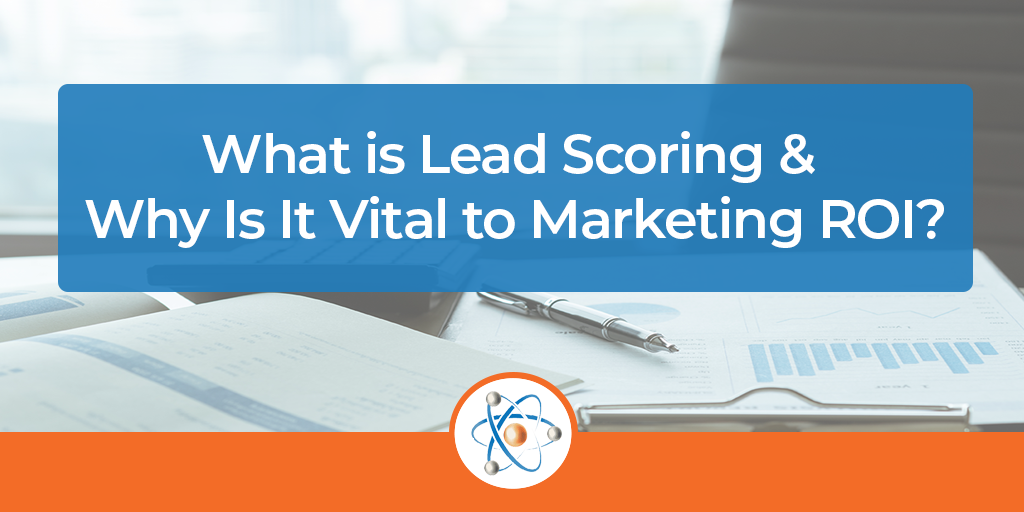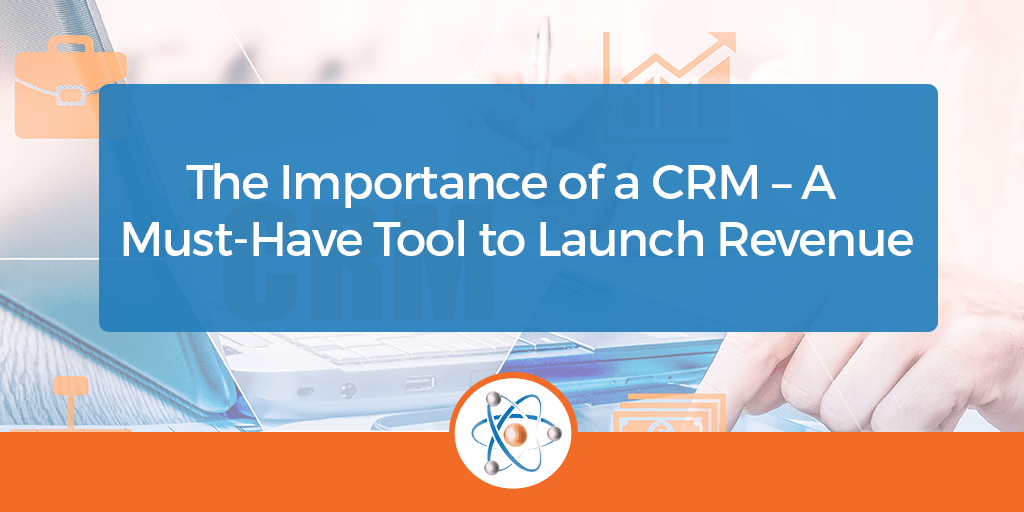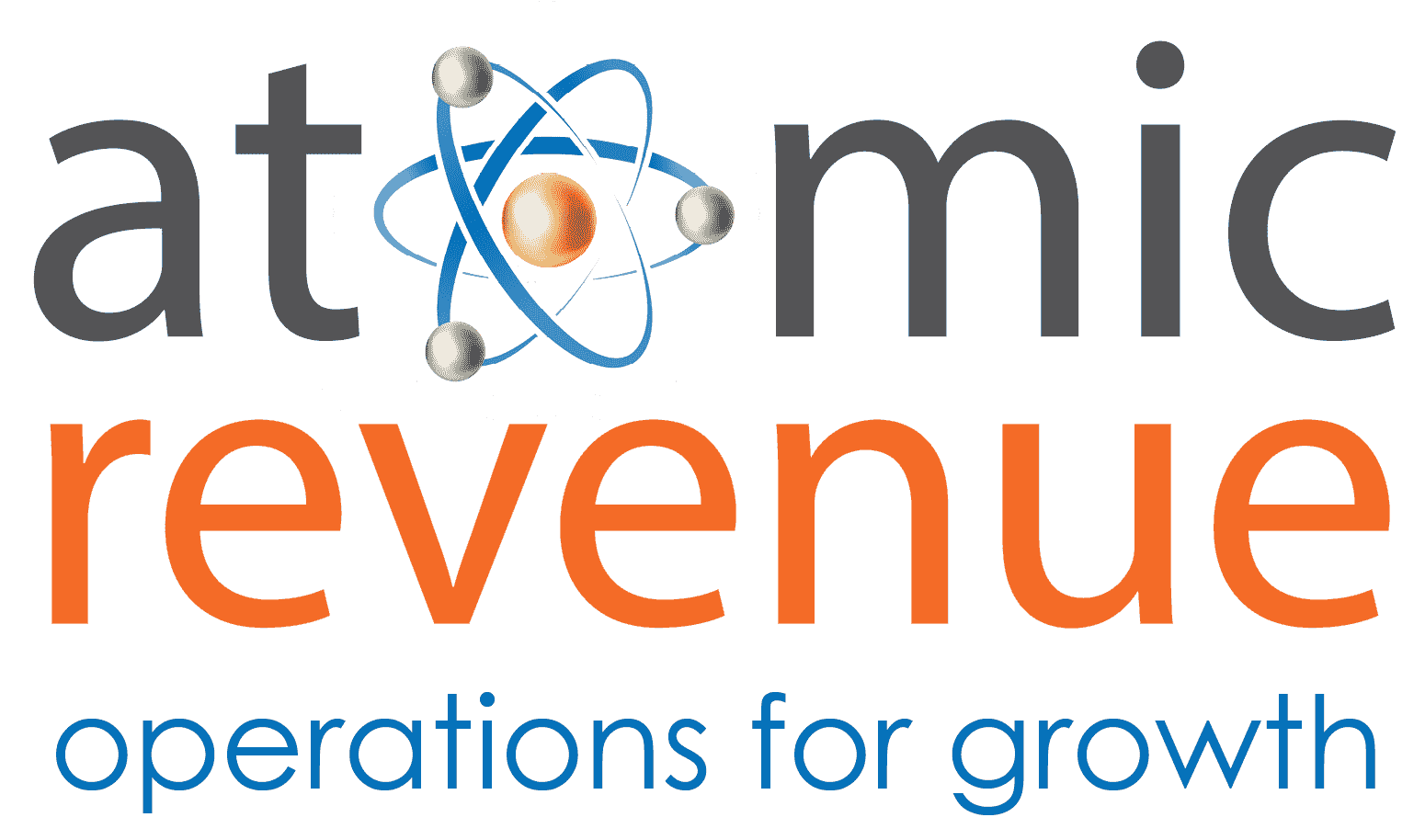When you hear people talk about data visualization you often hear the terms “dashboard” and “report” used interchangeably — but is this correct? Are they interchangeable terms? The short answer is no. They are actually quite different in how they display information and data: but to put it simply, dashboards offer dynamic information; reports offer static data.
Liz Campbell, Chief Data Advisor
Recent Posts
As a business owner or C-suite executive, it’s easy to fall into the trap of expecting a single metric to tell you everything you need to know about how well your company is doing. However, this is a mistake. As is assuming that because some numbers are trending in the right direction, everything else will fall into place.
Fortunately, these common key performance indicator (KPI) mistakes and others can be easily fixed once recognized. Take a look at the 8 common mistakes people make with KPIs in business and prep your data for improvements in your company.
Do your sales reps do their own thing? Are you able to develop goals, measure results, and adjust expectations and actions based on data or is it a free-for-all? According to recent studies, only 33% of sales reps’ time is spent actively selling1, and 40% of their time is looking for someone to call2. Add to that the fact that up to 70% of the B2B buyer’s journey is complete before a sales rep is ever involved in the process. It’s no wonder companies are struggling to increase revenue.
What is Business Data & How do You Use it for Greater Profitability?
Business data programs can be full of new and confusing terms, especially if you’re just getting started, and often, many of them sound like they could be the same thing. So what is “business data'' and how do you use it to get the most from your efforts in working with data? Not only is it essential to understand data to help you interpret, track, and measure what is most essential to growing your business, but learning how to use it lends itself to greater profitability.
We’ve compiled some of the data terms you’re likely to come across and examined how they can be applied to support your business’s growth goals.
In the modern business world, there are certain terms and phrases related to data that are important yet poorly understood because they’re often misused or made to seem overly complex. I’ve clarified the meaning of some of this terminology before, and today I want to talk about one specific adjective that you’ve probably seen countless times on LinkedIn, company websites (including this one), and business publications from Forbes to Fast Company: data-driven.
The beauty of the EOS® model is that it provides consistent, repetitive guidelines and tasks that help you streamline how you monitor your business’s success through habit development. By using your EOS-compatible scorecard to set up your goals and keep them consistent, you’ll eventually track your actions out of habit, without thinking about the tracking aspect. It becomes second nature when you switch from thinking about HOW your tasks are tracked to accepting that the data IS tracked. This allows you to focus on developing actionable plans based on the reported data.
If you throw money at marketing activities assuming you know what your prospects and customers need or what is popular at the moment, you’re missing out on a sure-fire way to earn the ROI you desire and convert prospects into happy customers and customers into advocates. How? With Lead Scoring.
The Importance of a CRM – A Must-Have Tool to Launch Revenue
Business automation in the form of a Customer Relationship Management (CRM) program can seem overwhelming and time-consuming, but it is imperative to simplify lead generation and effect growth in your sales processes. Every business wants to increase revenue with low overhead and do so with very little effort. A CRM is a simple technology tool (yes – it really can be simple!) available to do just that. It’s time to get over the fear and use a CRM to transform your business!

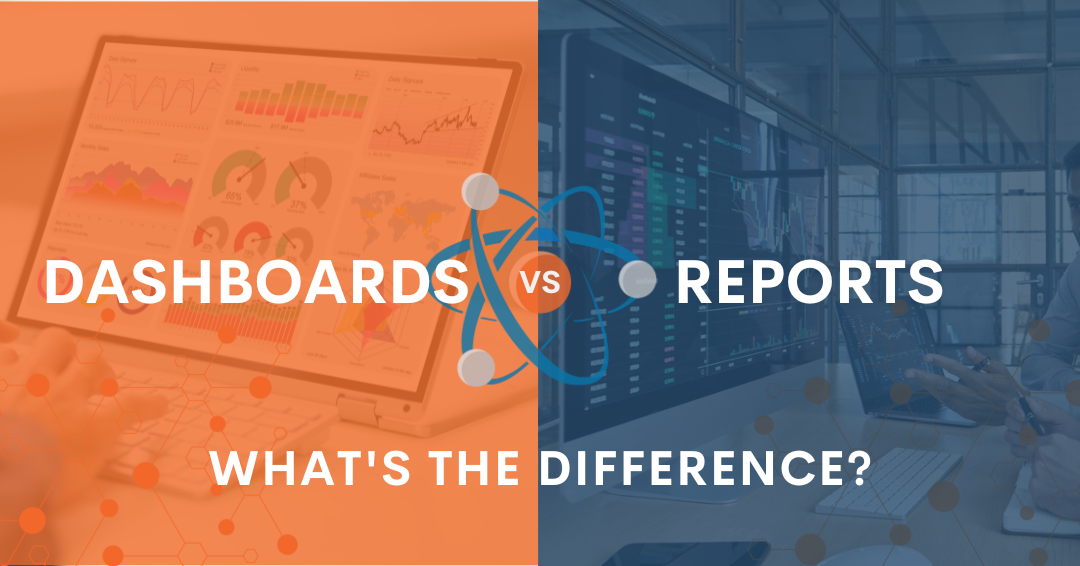
.png)
.png)
.png)
.png)
